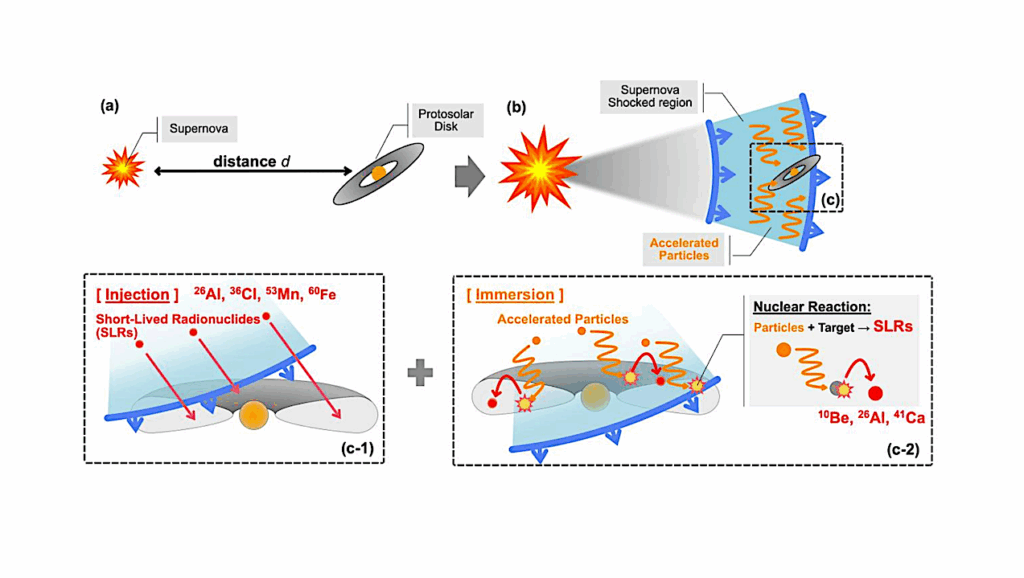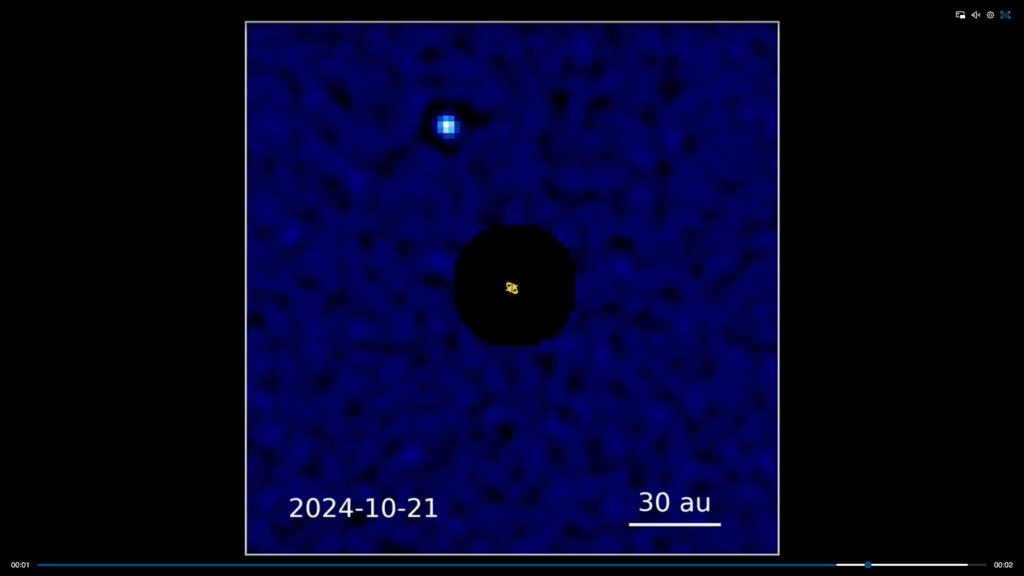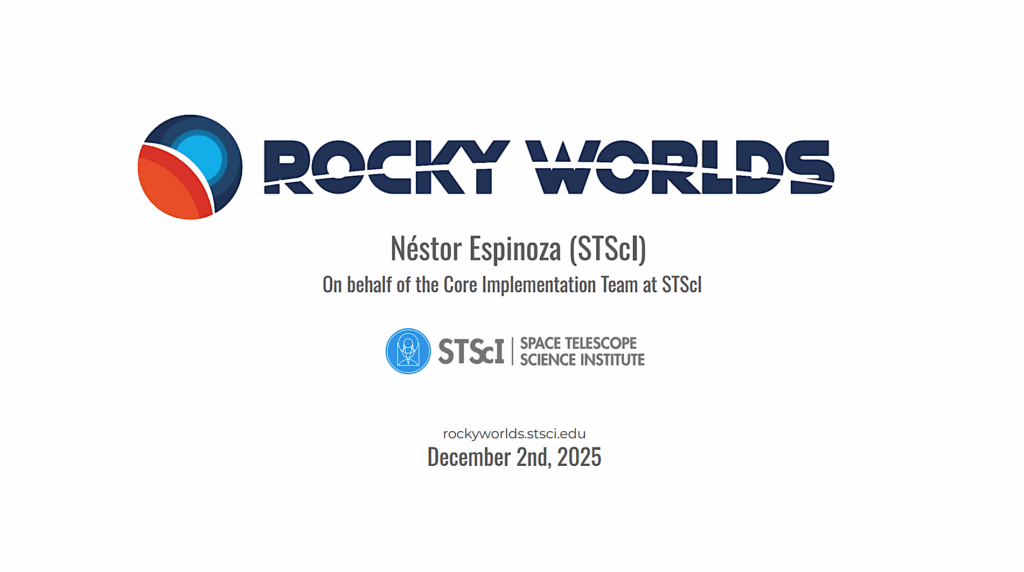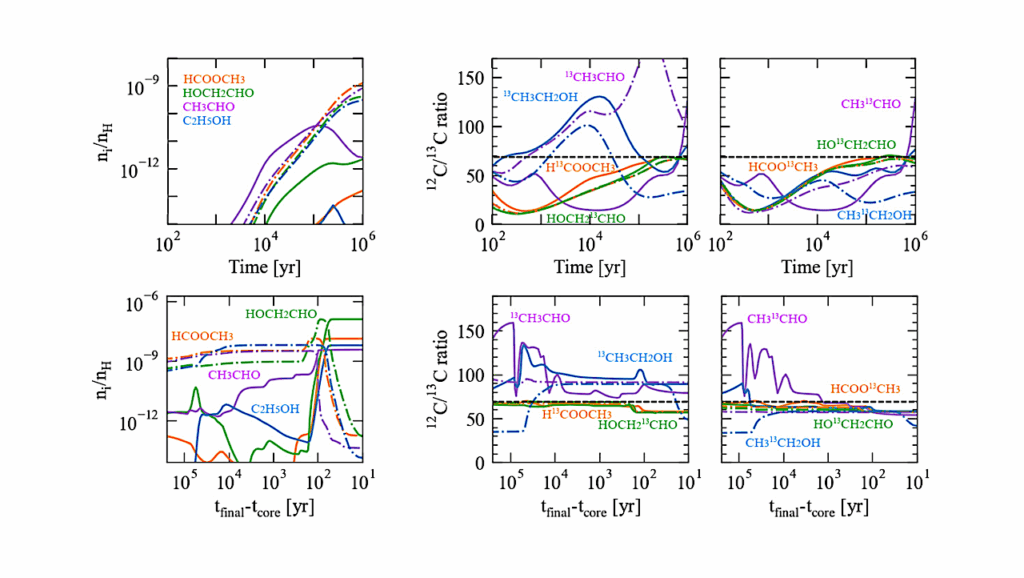ESO Signs Agreement For ANDES Life-Seeking Spectrograph On The ELT
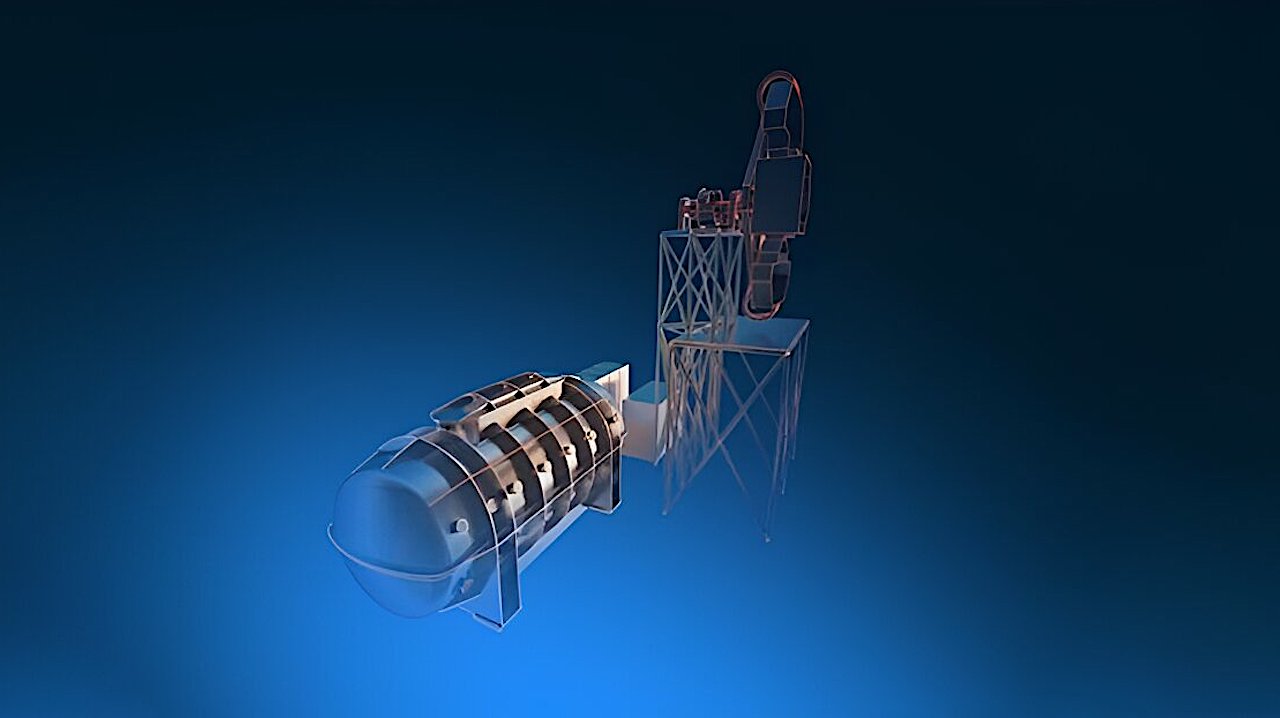
Today, ESO has signed an agreement with an international consortium of institutions for the design and construction of ANDES, the ArmazoNes high Dispersion Echelle Spectrograph. The ANDES instrument will be installed on ESO’s Extremely Large Telescope (ELT)..
It will be used to search for signs of life in exoplanets and look for the very first stars, as well as to test variations of the fundamental constants of physics and measure the acceleration of the Universe’s expansion.
The agreement was signed by ESO’s Director General, Xavier Barcons, and by Roberto Ragazzoni, the President of Italy’s National Institute for Astrophysics (INAF), the institution leading the ANDES consortium. Also attending the signing ceremony were Sergio Maffettone, Consul General of Italy in Munich, and INAF’s Alessandro Marconi, ANDES Principal Investigator, in addition to other representatives from ESO, INAF, the ANDES consortium and the Consulate of Italy in Munich. The signing took place at the ESO Headquarters in Garching, Germany.
Formerly known as HIRES, ANDES is a powerful spectrograph: an instrument which splits light into its component wavelengths so astronomers can determine important properties about astronomical objects, such as their chemical compositions. The instrument will have a record-high wavelength precision in the visible and near-infrared regions of light and, when working in combination with the powerful mirror system of the ELT, it will pave the way for research spanning multiple areas of astronomy.
“ANDES is an instrument with an enormous potential for groundbreaking scientific discoveries, which can deeply affect our perception of the Universe far beyond the small community of scientists,” says Marconi. Céline Péroux, the project scientist of the ESO team following up on ANDES, adds that the science cases range “from potentially detecting signatures of life in other worlds and identifying the very first generation of stars, to studying the variations in the fundamental constants of physics.”
ANDES will conduct detailed surveys of the atmospheres of Earth-like exoplanets, allowing astronomers to search extensively for signs of life. It will also be able to analyse chemical elements in faraway objects in the early Universe, making it likely to be the first instrument capable of detecting signatures of Population III stars, the earliest stars born in the Universe. In addition, astronomers will be able to use ANDES data to test whether the fundamental constants of physics vary with time and space. Its comprehensive data will also be used to directly measure the acceleration of the Universe’s expansion, one of the most pressing mysteries about the cosmos.
ESO’s ELT is currently under construction in the Atacama Desert of Northern Chile. When operations start later this decade, the ELT will be the world’s biggest eye on the sky, marking a new age in ground-based astronomy.
More Information
The ANDES project is developed by an international consortium composed of research institutes in 13 countries. They are:
- Brazil: Board of Stellar Observational Astronomy, Universidade Federal do Rio Grande do Norte, Observatório Nacional.
- Canada: Observatoire du Mont-Mégantic and the Trottier Institute for Research on Exoplanets, Université de Montréal.
- Denmark: Instrument Centre for Danish Astrophysics on behalf of Niels Bohr Institute, Aarhus University, Danmarks Tekniske Universitet.
- France: Centre National de la Recherche Scientifique (CNRS) on behalf of Observatoire de la Côte d’Azur, Université Côte d’Azur (LAGRANGE), Laboratoire d’Astrophysique de Marseille, Aix-Marseille Université, Centre National d’Etudes Spatiales (LAM), Institut de Recherche en Astrophysique et Planetologie, Université Toulouse III-Paul Sabatier (IRAP), Institut de Planétologie et d’Astrophysique de Grenoble, Université Grenoble-Alpes (IPAG), Laboratoire Univers et Particules de Montpellier, Université de Montpellier (LUPM), Institut d’Astrophysique de Paris, Sorbonne Université (IAP), Laboratoire de Météorologie Dynamique, Ecole Normale Supérieure, Ecole Polytechnique, Sorbonne Université (LMD).
- Germany: Leibniz-Institut für Astrophysik Potsdam (AIP), Institut für Astrophysik und Geophysik, Georg-August-Universität Göttingen (IAG), Atmospheric Physics of Exoplanets Department, Max-Planck-Institut für Astronomie Heidelberg (MPIA), Zentrum für Astronomie, Universität Heidelberg (ZAH), Thüringer Landessternwarte Tautenburg (TLS), Hamburger Sternwarte, Universität Hamburg (UHH).
- Italy: INAF, Istituto Nazionale di Astrofisica (Lead Technical Institute).
- Poland: Nicolaus Copernicus University in Torun.
- Portugal: Instituto de Astrofísica e Ciências do Espaço (IA) at Centro de Investigaço em Astronomia/Astrofísica da Universidade do Porto (CAUP), Instituto de Astrofísica e Ciências do Espaço at Faculdade de Ciências da Universidade de Lisboa, Associação para a Investigação e Desenvolvimento de Ciências (FCiências.ID)
- Spain: Instituto de Astrofísica de Canarias (IAC); Consejo Superior de Investigaciones Científicas (CSIC, Spain) on behalf of Instituto de Astrofísica de Andalucía (IAA), Centro de Astrobiología de Madrid (CSIC-INTA).
- Sweden: Lund University, Stockholm University, Uppsala University.
- Switzerland: Département d’Astronomie, Université de Genève; Weltraumforschung und Planetologie, Physikalisches Institut, Universität Bern.
- United Kingdom: Science and Technology Facilities Council, United Kingdom Research and Innovation on behalf of Cavendish Laboratory & Institute of Astronomy, University of Cambridge; UK Astronomy Technology Centre; Institute of Photonics and Quantum Sciences, Heriot-Watt University.
- USA: Department of Astronomy, University of Michigan.
Links
Astrobiology



